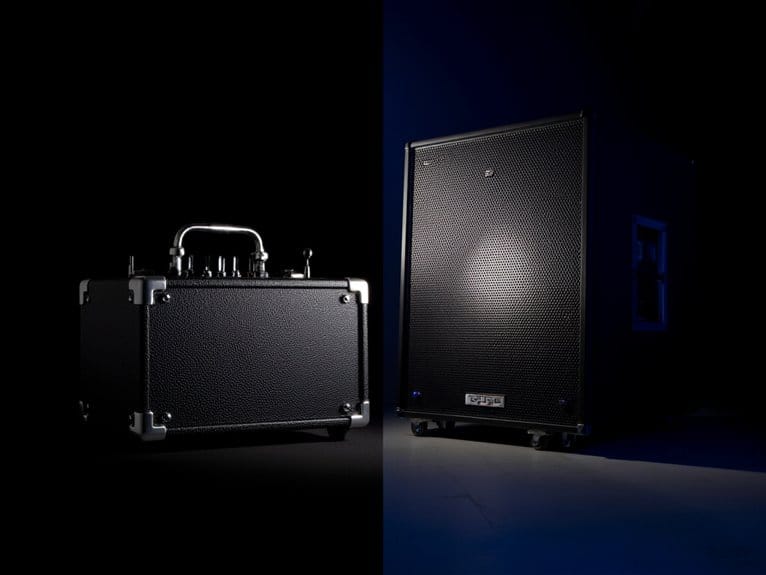What Is the Scale Length of a Normal Strat?
The standard scale length of a Fender Stratocaster, also known as the 'normal' Strat, measures 25.5 inches, a dimension that has been a hallmark of the instrument's design since its inception. This iconic length provides a unique playing experience and tone, with a slightly longer scale length than the Gibson Les Paul. The 25.5-inch scale length strikes a balance between playability and tone, offering a responsive and snappy feel. But there's more to the story – this seemingly simple measurement has a profound impact on the Strat's character, and exploring its effects on tone, sustain, and playability can reveal a wealth of nuance.
We are supported by our audience. When you purchase through links on our site, we may earn an affiliate commission, at no extra cost for you. Learn more.
Understanding Scale Length Basics
While the concept of scale length may seem intimidating to novice guitar enthusiasts, it's actually a fundamental aspect of an instrument's design that can substantially impact its tone, playability, and overall character. In simple terms, scale length refers to the distance between the nut and the bridge of a guitar. This measurement determines the length of the vibrating strings, which in turn affects the instrument's pitch, tension, and sustain. A longer scale length typically results in a brighter, snappier tone, while a shorter scale length produces a warmer, more mellow sound. Understanding the basics of scale length can help guitarists make informed decisions when choosing an instrument or modifying their current one to achieve their desired tone.
Measuring Scale Length on a Strat
On a standard Stratocaster, measuring the scale length requires a straightforward calculation: take the distance from the nut to the 12th fret, and multiply it by two. This method works because the 12th fret is the midpoint of the string, making it an ideal reference point. Using a ruler or precision measuring tool, take note of the distance from the nut to the 12th fret. Then, simply multiply that number by two to get the total scale length. Don't worry if you're not a math whiz – it's a simple calculation that even the most tone-deaf musician can handle. With this method, you'll be able to determine the scale length of your Strat in no time.
Standard Strat Scale Length Revealed
The standard scale length of a Fender Stratocaster, a specification that has remained largely unchanged since its inception, measures in at a precise 25.5 inches. This iconic length has been a hallmark of the Strat's design, providing a unique playing experience and tone. Notably, this scale length is slightly longer than the Gibson Les Paul's 24.75 inches, giving the Strat a slightly brighter and snappier sound. The 25.5-inch scale length has become synonymous with the Stratocaster's identity, and its consistency across various models has contributed to the instrument's legendary status. Whether you're a seasoned pro or a beginner, understanding the Strat's scale length is essential to appreciating its unique character.
How Scale Length Affects Playability
With its 25.5-inch scale length firmly established, the Stratocaster's playing experience is substantially influenced by this design parameter, which can make or break a player's comfort and overall performance. A longer scale length translates to more string tension, which can be a burden for those with smaller hands or less finger strength. Conversely, the added tension can provide a more responsive and snappy feel, particularly for players who prefer a more aggressive playing style. The 25.5-inch scale length strikes a balance between playability and tone, allowing for a comfortable playing experience without sacrificing the iconic Strat sound. Ultimately, the scale length is a critical factor in determining the overall playing experience, and the Strat's 25.5-inch length has become an industry standard for a reason.
Impact on Tone and Sustain
As the strings vibrate across the fretboard, the 25.5-inch scale length of a Stratocaster subtly yet profoundly influences the guitar's tonal character, yielding a distinctive blend of brightness, warmth, and sustain that has enthralled players and listeners alike for decades. The longer scale length allows for a slightly tighter string tension, which contributes to the Strat's signature snap and clarity. This, in turn, intensifies the guitar's ability to produce a rich, resonant sustain that seems to ring on forever. It's a tone that's both articulate and authoritative, making the Strat an ideal choice for a wide range of musical styles. So, if you're looking for a guitar that can deliver a little extra oomph, the Strat's 25.5-inch scale length is definitely worth considering.






